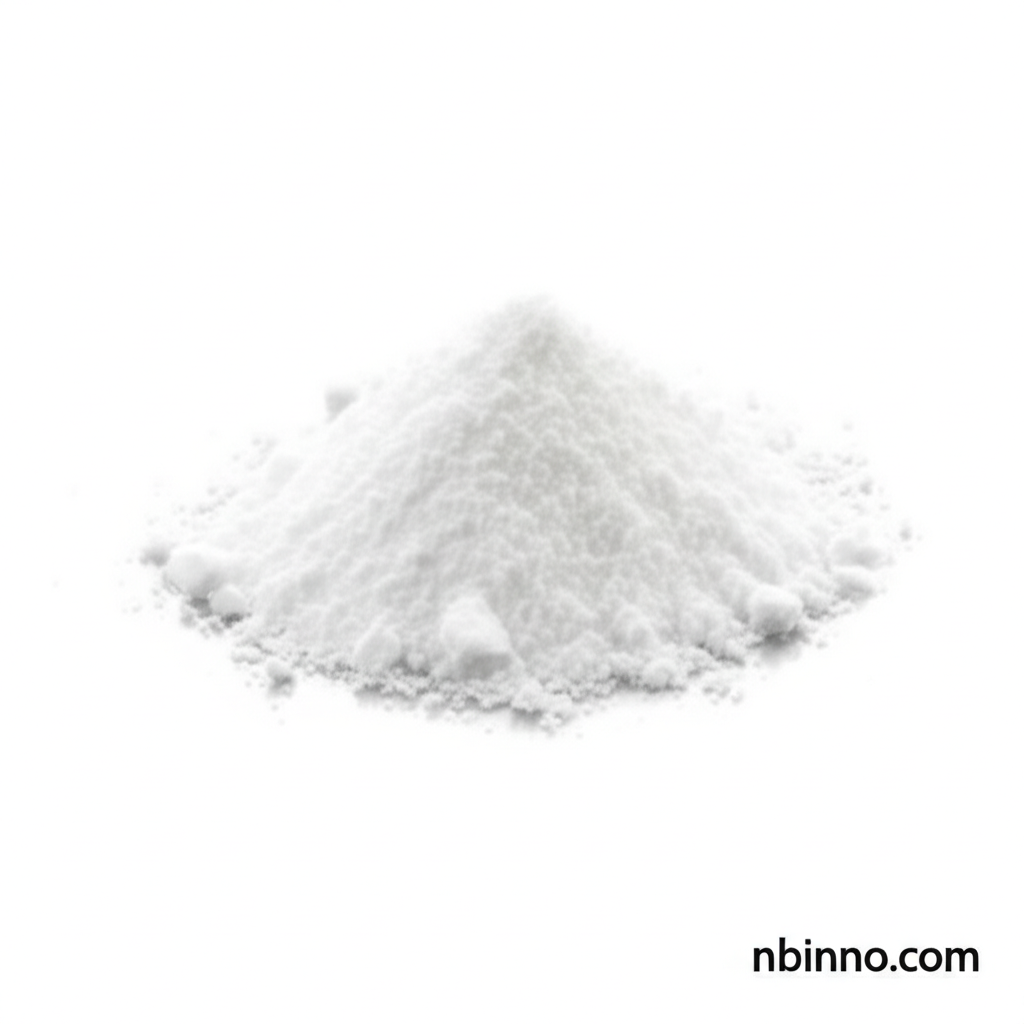Azintamide: A Comprehensive Overview of Its Properties, Applications, and Pharmaceutical Significance
Explore the chemical profile, therapeutic potential, and industrial relevance of Azintamide (CAS 1830-32-6).
Get a Quote & SampleProduct Core Value

Azintamide
Azintamide, identified by CAS number 1830-32-6, is a pharmaceutical compound known for its choleretic properties. It is utilized in treatments for various gastrointestinal disorders and holds potential in managing skin conditions like psoriasis vulgaris.
- Discover the chemical properties of Azintamide, including its molecular formula C10H14ClN3OS and molecular weight of 259.76 g/mol.
- Understand the therapeutic applications of Azintamide as a choleretic agent, aiding in the treatment of dyspepsia symptoms.
- Learn about the synthesis methods and purification techniques used to produce high-quality Azintamide API.
- Explore the quality control parameters essential for pharmaceutical-grade Azintamide production and its market significance.
Key Advantages
Choleretic Action
Azintamide's primary advantage lies in its function as a choleretic agent, stimulating bile production to aid in digestion and treat related ailments.
Treatment Versatility
It demonstrates efficacy in treating dyspepsia symptoms and shows promise for conditions such as psoriasis vulgaris, highlighting its broad therapeutic potential.
Pharmaceutical Quality
The compound undergoes rigorous synthesis and purification processes, ensuring it meets high pharmaceutical standards for API use.
Key Applications
Gastrointestinal Health
Azintamide is instrumental in managing dyspepsia symptoms, contributing to improved gastrointestinal comfort and digestive function.
Dermatological Treatments
Research indicates potential therapeutic benefits of Azintamide in treating conditions like psoriasis vulgaris, offering new avenues for dermatological care.
API Manufacturing
As an active pharmaceutical ingredient, Azintamide is crucial for the production of various medications, contributing to the pharmaceutical supply chain.
Research and Development
The compound serves as a subject in ongoing research, exploring new applications and optimizing its therapeutic and synthetic profiles.
